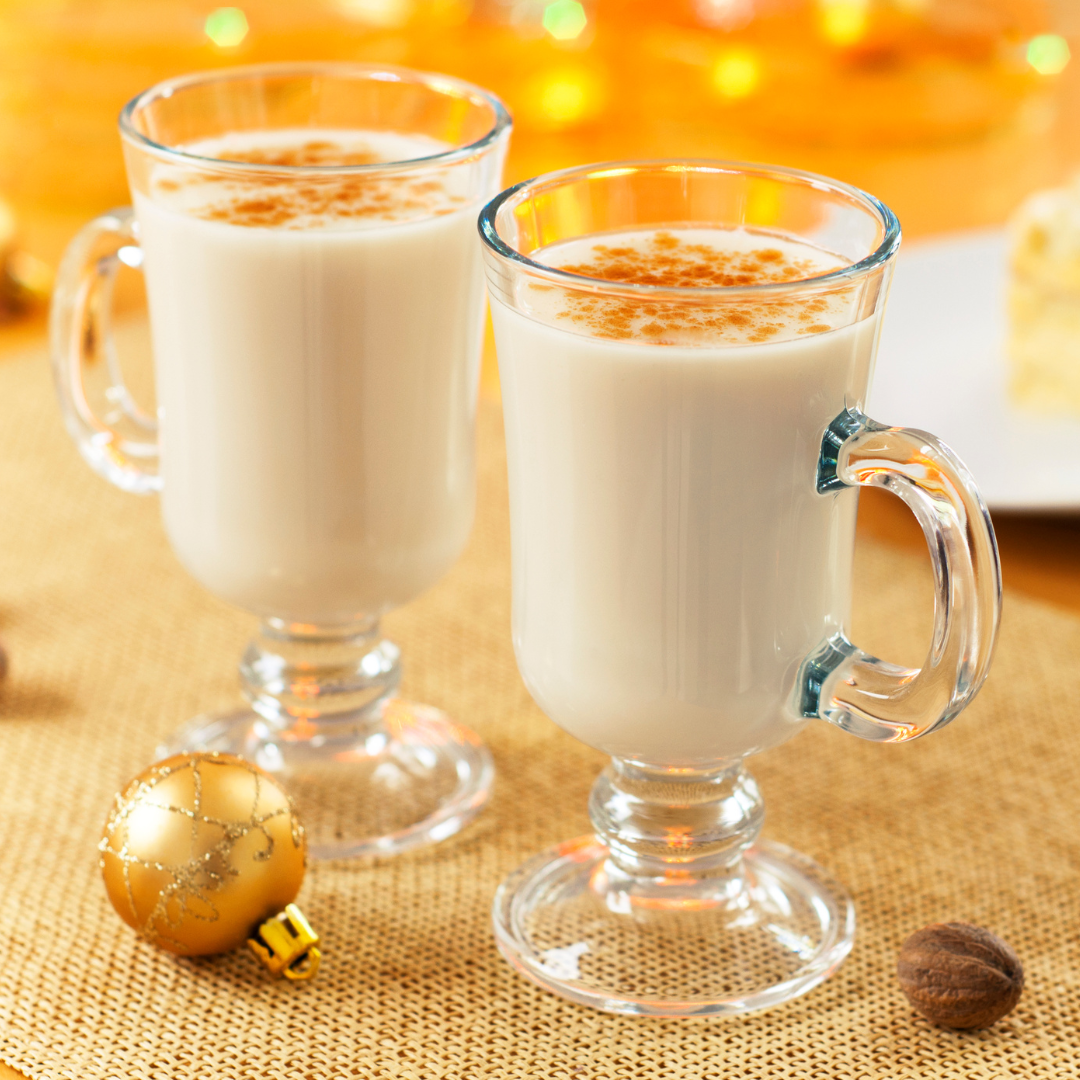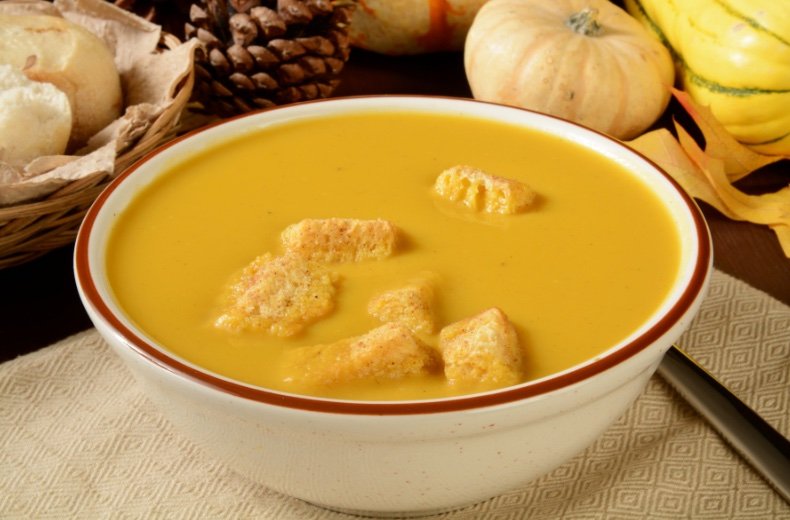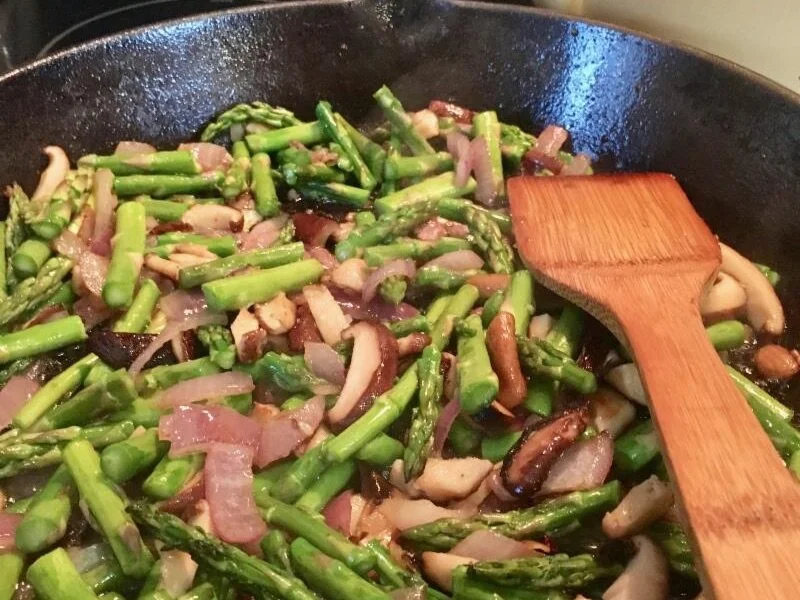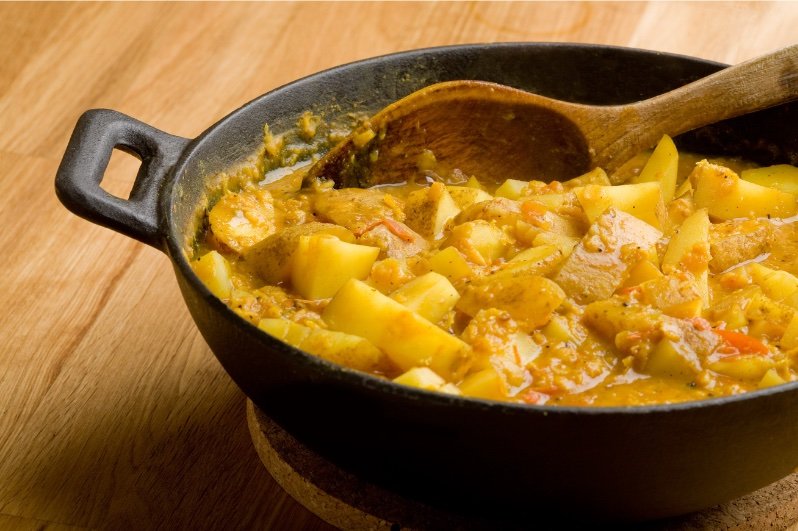Pear Cardamom Galette
/“There are only ten minutes in the life of a pear when it is perfect to eat.”
~Ralph Waldo Emerson
If you have ever had a pear tree in your garden, you know this sentiment to be true. Every year, I anxiously wait for the pears on my trees to ripen, along with the plums, apples, and grapes filling my orchard. The pears and plums will be ready first, a few weeks before the apples. I’ll have to be diligent and check the fruit daily. Wait too long and they fall to the ground, bruised and ruined.
People are often surprised when they learn that we grow pear trees on our Western Wisconsin farm. Pears, like most of the fruits in our Upper Midwest orchards, are not native to North America. Most are better suited to the slightly milder conditions of zone 5; however, there are cold-hardy varieties that do well in zone 4.
Pears hold an important place in many cultural healing practices. In Western medicine, pears are known to be high in fiber, antioxidants, vitamins C and K, copper, and potassium. They are a diuretic and laxative. In Eastern traditions pears are considered to be a powerful healing food for the fall season. In traditional Chinese medicine, pears are considered cooling. They tonify yin, clear heat, and resolve phlegm. Ayurveda also classifies pears as cooling and suggests that they balance all three doshas, depending on the ripeness of the fruit. It cleanses the blood and liver and dissolves congestion in the lungs and blood vessels. With so many healing properties, it is no wonder why Homer, in the epic poem The Odyssey, refers to pears as “a gift from the gods”. In Greek mythology, pears are sacred to the Greek goddesses Hera and Aphrodite, among others.
This year, the goddesses would be pleased. Our trees are so heavy with fruit that the branches bow almost to the ground. As the first days of September crept closer, I thought I had another week before the pears were ready; I was wrong. I went out to check the other day and found a blanket of them on the ground. Luckily, it wasn’t too late. Most were still hanging on the tree, and my chickens will be happy to clean up those that fell, along with the insects they attract.
With the plums and grapes ripe, too, and vegetables reaching their prime in the garden, I’m scrambling to get everything harvested and preserved. Pears overripen so quickly, so they get priority and have my full attention. I’ll can most of them to use in oatmeal, crisps, and warm rice puddings all through the winter, and I wanted to enjoy some of their subtle sweetness fresh from the tree. I had some premade pie dough in the refrigerator, so a galette was an easy choice.
A galette is a French pastry similar to a pie or tart. In Italy, it is called a crostata. It can be made from various types of dough and is often made with pie dough and filled with just about any fruit you like. Instead of conforming to the shape of a dish or pan, the dough is freeform, with the edges folded over the top to keep the fruit inside. This subtle difference gives galettes a simple, rustic presentation.
I love galette as a vehicle for pears because their subtle flavor can get lost in a more complicated dessert. An added bonus — this pastry is so simple to make, especially if you use a premade crust. Use the type that comes rolled, not pre-shaped in a pan. Of course, you can make your own crust if you have the time and inclination or even use sweet bread dough.
The complex flavor of cardamom, slightly sweet and spicy with notes of pine and smokey mint, partners beautifully with the earthy sweetness of pear. It has properties similar to that of pears. It is diuretic, laxative, tridoshic, and clears stagnation from the lungs. Cardamom comes from the same family as ginger, which also plays nicely with pear, so feel free to swap in ginger if you don’t have cardamom on hand.
To make this recipe gluten-free, Bob’s Red Mill has a gluten-free pie crust mix, and you can swap in any one-to-one gluten-free flour blend instead of flour in the filling.
For a vegan galette, swap in two tablespoons melted coconut oil for the egg wash or skip the egg wash. This change doesn’t affect the flavor of the galette even though the crust won’t look as browned.
Pear Cardamom Galette
Ingredients:
1 pie crust
2 cups pears – peeled and sliced (approximately 4-5 large pears)
1 tbsp lemon juice
1 tsp ground cardamom
½ tsp salt
¼ cup brown sugar
2 tbsp flour
1 egg yolk beaten with 1 tbsp water
1 tbsp granulated sugar
Instructions:
Preheat oven to 400. Place a sheet of parchment paper on a baking pan and spray with neutral flavored cooking spray. (I prefer to use a rimmed pan in case the juices escape.)
Remove premade crust from refrigerator and unroll, allow to rest at room temp for 10-15-minutes. Roll to about ½ - ¾ the original thickness. Dough should still be opaque. It will be approximately 11” in diameter if using premade crust.
If using homemade crust, roll just a little thinner than if you were baking a pie.
Place crust on the parchment.
In a large bowl toss the pear slices in lemon juice, salt, and cardamom. Taste and add more cardamom if you like a stronger flavor.
Mix in brown sugar and flour. The mixture should be relatively dry at this point. If your pears are especially juicy you might consider draining off some of the juices or adding a little more flour to prevent your crust from getting soggy.
Spoon the filling onto the crust, leaving 2” space around the edges. Gently press and arrange the fruit with a spoon so the center isn’t mounded too high over the edge of the crust, or your juices will run. If you want a fancy presentation, you could arrange the pear slices in rows or patterns.
Fold the edges of the crust over the fruit, making sure there are no gaps or spots where cooked juices might drain out.
Lightly brush egg wash or melted coconut oil over the edges of crust and sprinkle with granulated sugar.
Bake 35 – 45 minutes or until crust is slightly browned.
This can be served warm or cold but, in my opinion, a warm slice topped with a scoop of vanilla ice cream can’t be beaten.


































